Whenever heavy rains drenched Tulsa, Okla., Coal Creek would swell and occasionally overflow its banks, submerging streets, lawns and the undersized North Darlington Place Bridge. Today, a bridge-replacement and creek-widening project has corrected the flooding problems and enhanced neighborhood safety.
Garver provided design and surveying services, prepared 404 permitting, and worked with subconsultants to conduct a hydraulic study and manage geotechnical and landscaping elements.
Bridge Replacement
North Darlington Place Bridge was a three-span structure with steel beams and a concrete deck. Its spread footings rested on sandstone, and after years of erosive force, the footings were undermined and weakened.
The site's limited footprint challenged Garver to design a new bridge that connected with a nearby intersection and several driveways while avoiding a sanitary sewer line.
"The deck elevation needed to be higher to create a larger opening under the bridge for floodwaters," said Garver Project Leader Shannon Hanks, PE, CFM. "However, raising the bridge made it difficult to tie back into the existing roadway."
Garver's final design incorporates an 86-foot-long, single-span, prestressed beam structure. The closed-face abutments utilize spread footings supported on bedrock. The design also widens the bridge deck from nearly 30 feet to 41 feet.
Channel Widening
The bridge replacement could not complete the required improvements and pass the 100-year design storm event without significant channel widening and area improvements. As part of the conceptual phase, the Garver team performed a hydraulic study to determine ways to improve the channel and contain the flow.
Garver concluded that approximately 1,300 feet of the channel needed to be widened. The majority of the improvements involved widening the channel bottom to 50 feet with sloping walls. This portion of the channel has a natural bottom and slopes lined with grass and excavated rock.
At the downstream end of the concrete section, Garver designed a dike to keep the concentrated water from moving too quickly through the trickle channel, allowing it to pool during low flows and promote aquatic habitat. These items were performed as part of the U.S. Army Corps of Engineers' requirements to obtain the Section 404 Permit.
Green and Serene
The Coal Creek widening and bridge replacement project included extensive mitigation efforts to preserve the creek's water quality by protecting the banks from erosion, encouraging a habitat for fish and wildlife, and re-establishing the natural environment.
Garver coordinated with the U.S. Army Corps of Engineers to restore areas disturbed during construction. Hundreds of trees were planted along the creek to help restore the corridor and provide shade for the channel; excavated natural rocks were returned to the creek bed and banks to encourage pools and flow changes in the water and create habitat; and a downstream section of the creek is now protected from any future development.
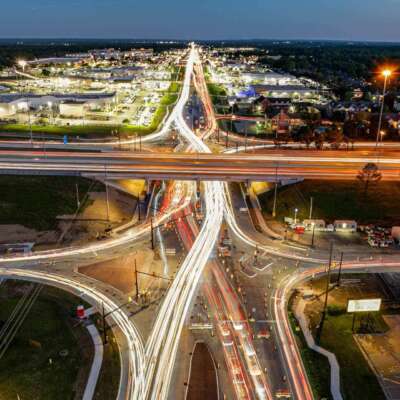
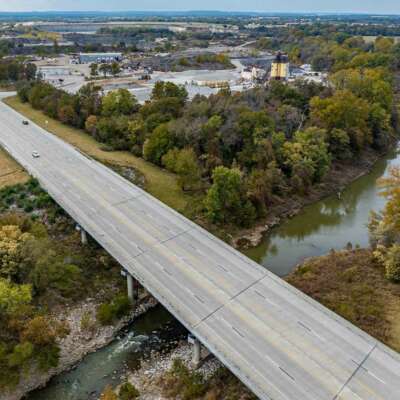
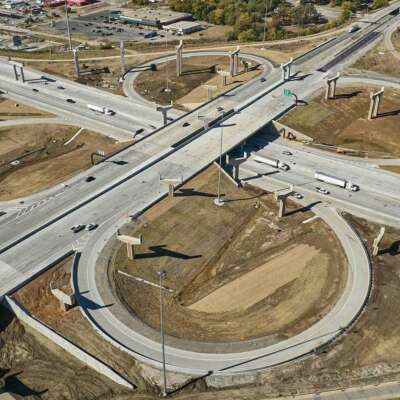
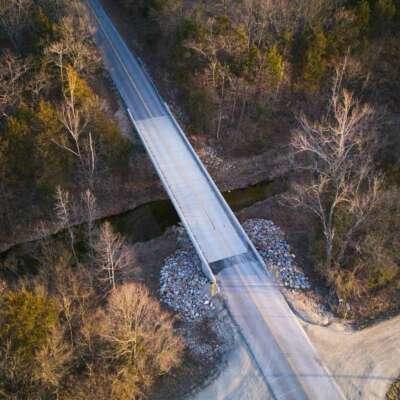



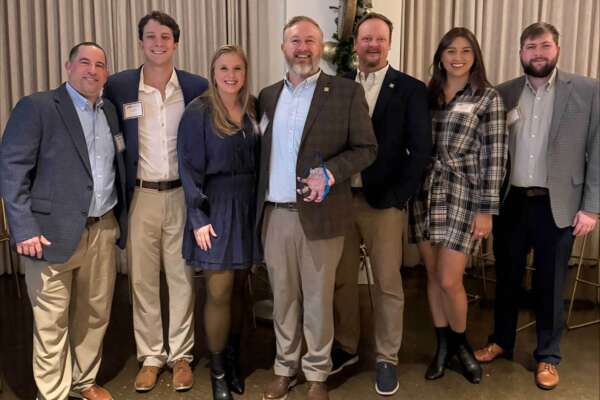
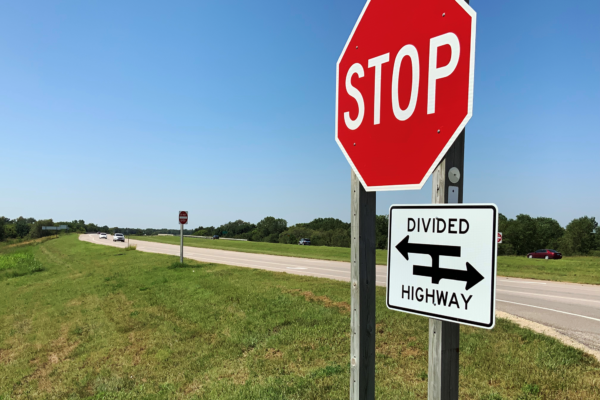

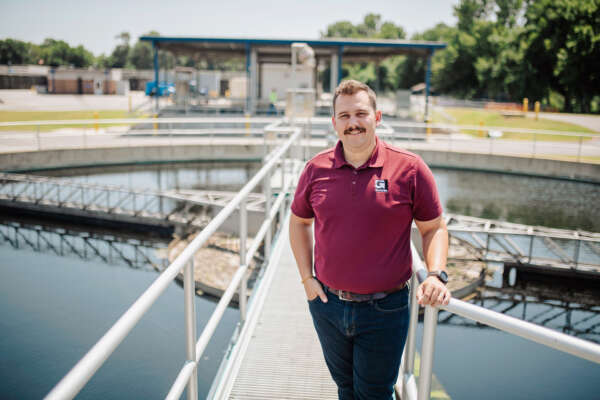


Share this article